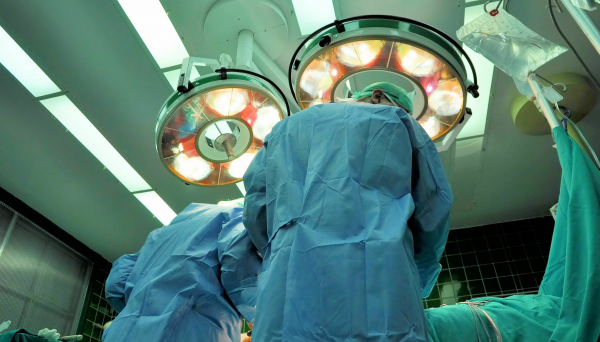The AMA says new data shows public hospital performance is at a record low with patients waiting longer for treatment.
The association said Australia Institute of Health and Welfare (AIHW) 2021–22 data on emergency department and essential elective surgery performance shows it has continued to deteriorate to the point where access to timely healthcare is out of reach for many Australians.
Nationally, nearly 40 per cent of patients had to spend more than four hours in an emergency department, the worst emergency department performance recorded in 20 years.
ACT and Tasmania are the worst performers, with almost one in two patients having to spend more than four hours in an emergency department.
AMA President Professor Steve Robson said that this latest data provides more evidence of a system "in crisis" and now at the "breaking point".
“This week we have seen reports of children waiting up to 12 hours for emergency care and patients dying while ramped at hospitals, and we know that these are not isolated instances,” said Professor Robson.
“These stories are just the tip of the iceberg. We know from our Clear the Hospital Logjam campaign that there are hundreds of stories of patients waiting for hours on end in hospital emergency departments, or in the back of an ambulance outside the hospital,” he said.
Professor Robson said that elective surgery performance has also deteriorated.
“While the AIHW data reveals that wait times for essential elective surgery decreased in 2021–22, this is most likely the result of fewer patients being added to the waiting list to receive surgery,” he said.
In 2021–22, the number of elective surgeries performed decreased by 131,000 from the previous year, and by 135,000 from the year before the pandemic (2018-19). The data also shows there were 110,000 fewer patients added to elective surgery waiting lists in 2021–22 compared to the year before, a similar decrease from 2018–19.
“This reduction in volume is likely due to patients being stuck on the elective surgery ‘hidden’ waiting list or seeking care through the private health system because they just can’t wait any longer.
“Sadly, even the lucky patients who got their surgery often waited longer than the clinically recommended time. One in three patients waited over one year for a knee replacement, and almost one in five waited over a year for hip replacement. This is nothing short of disastrous,” he said.
